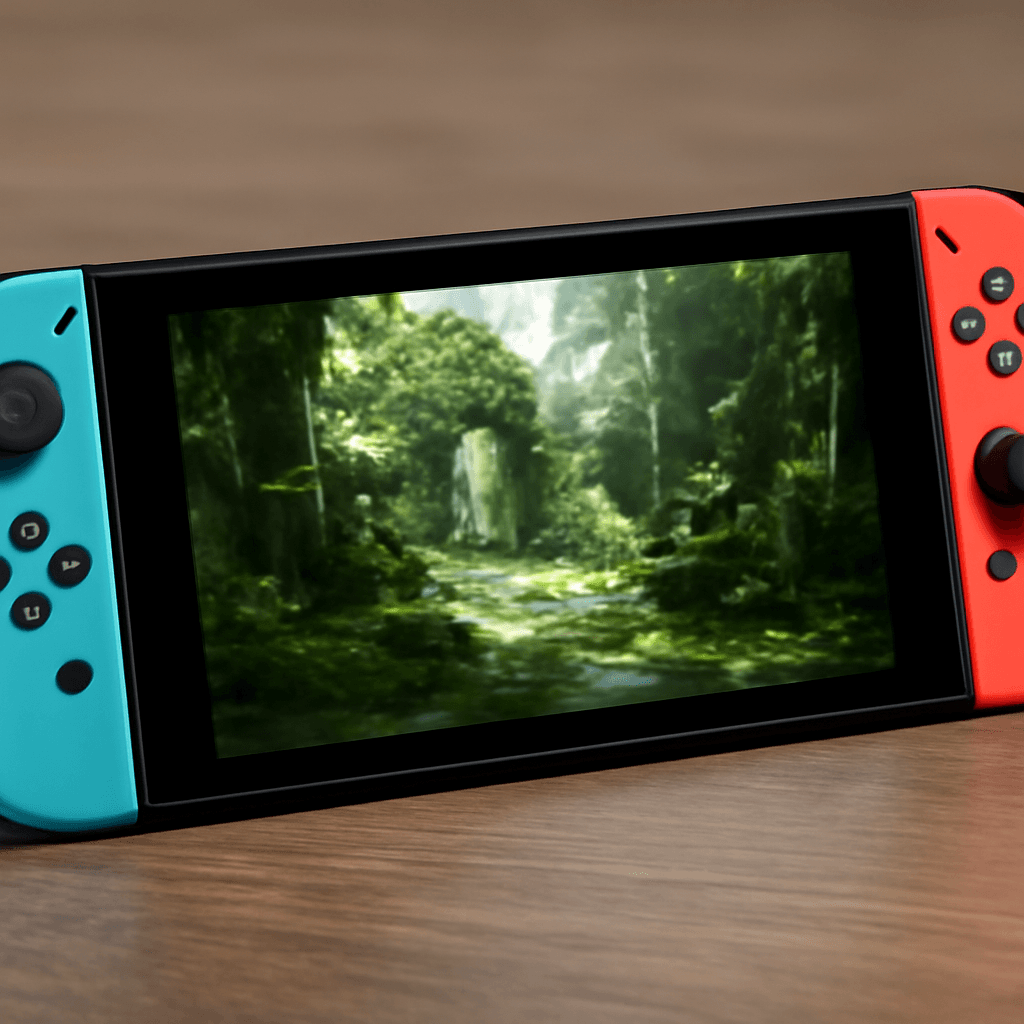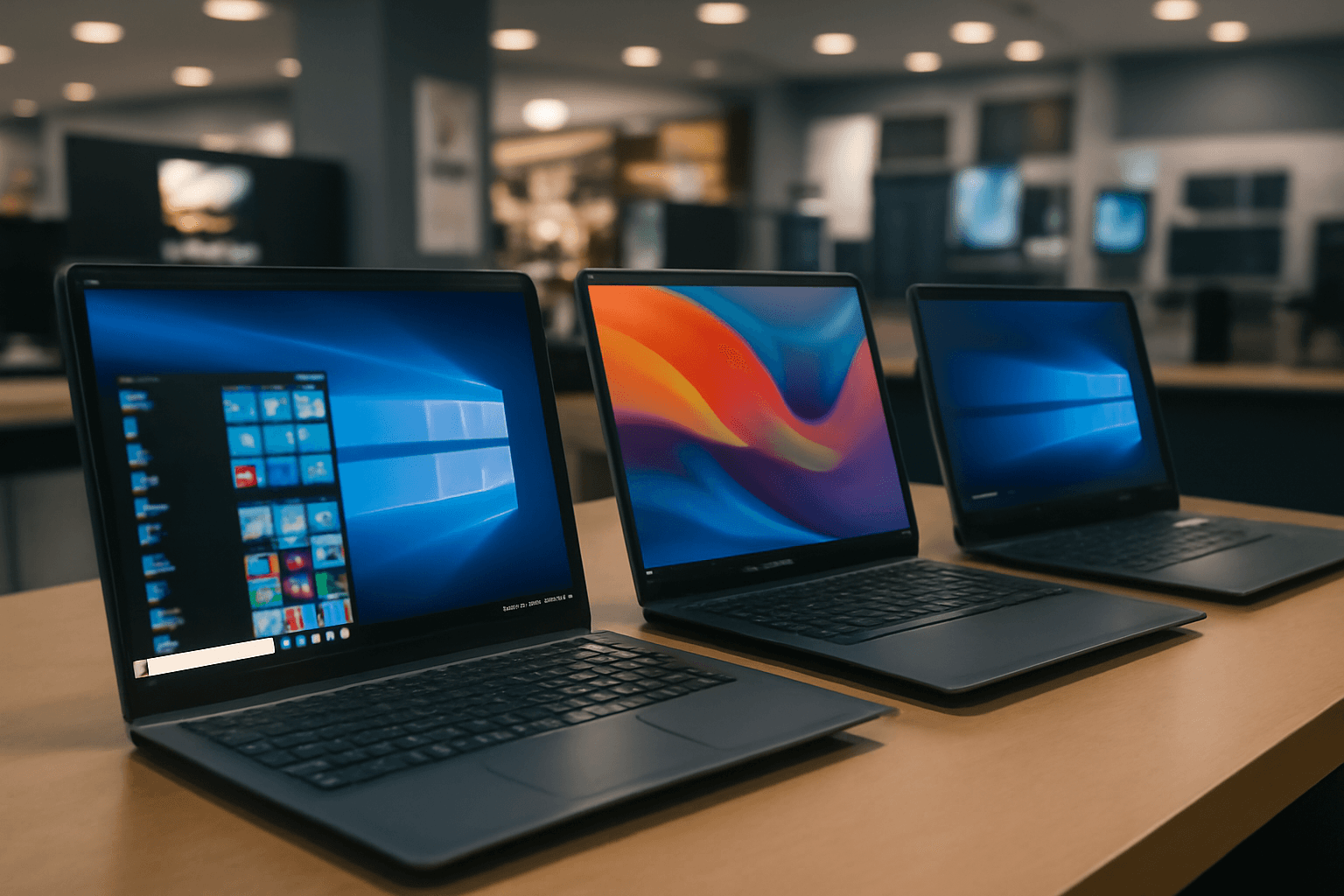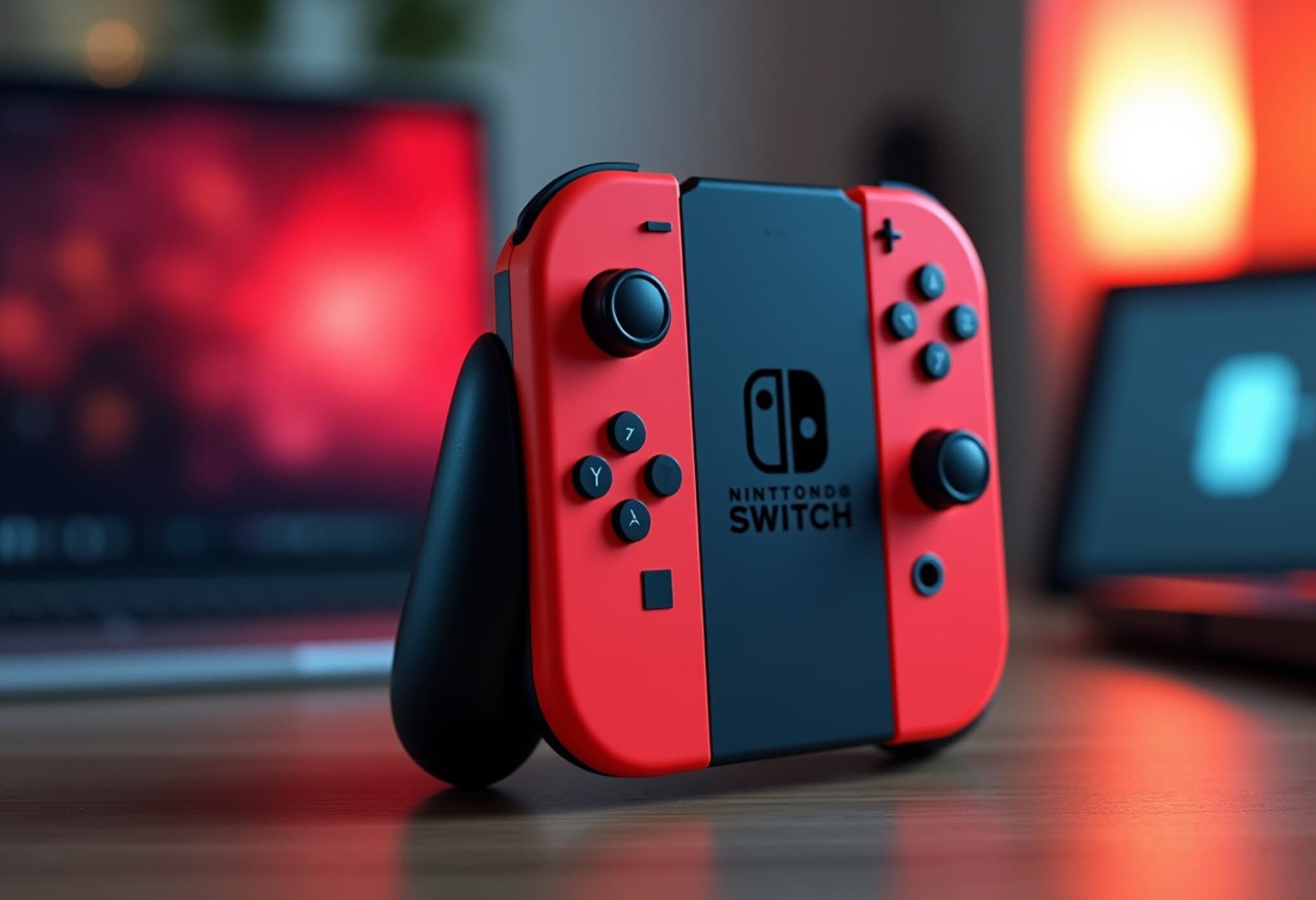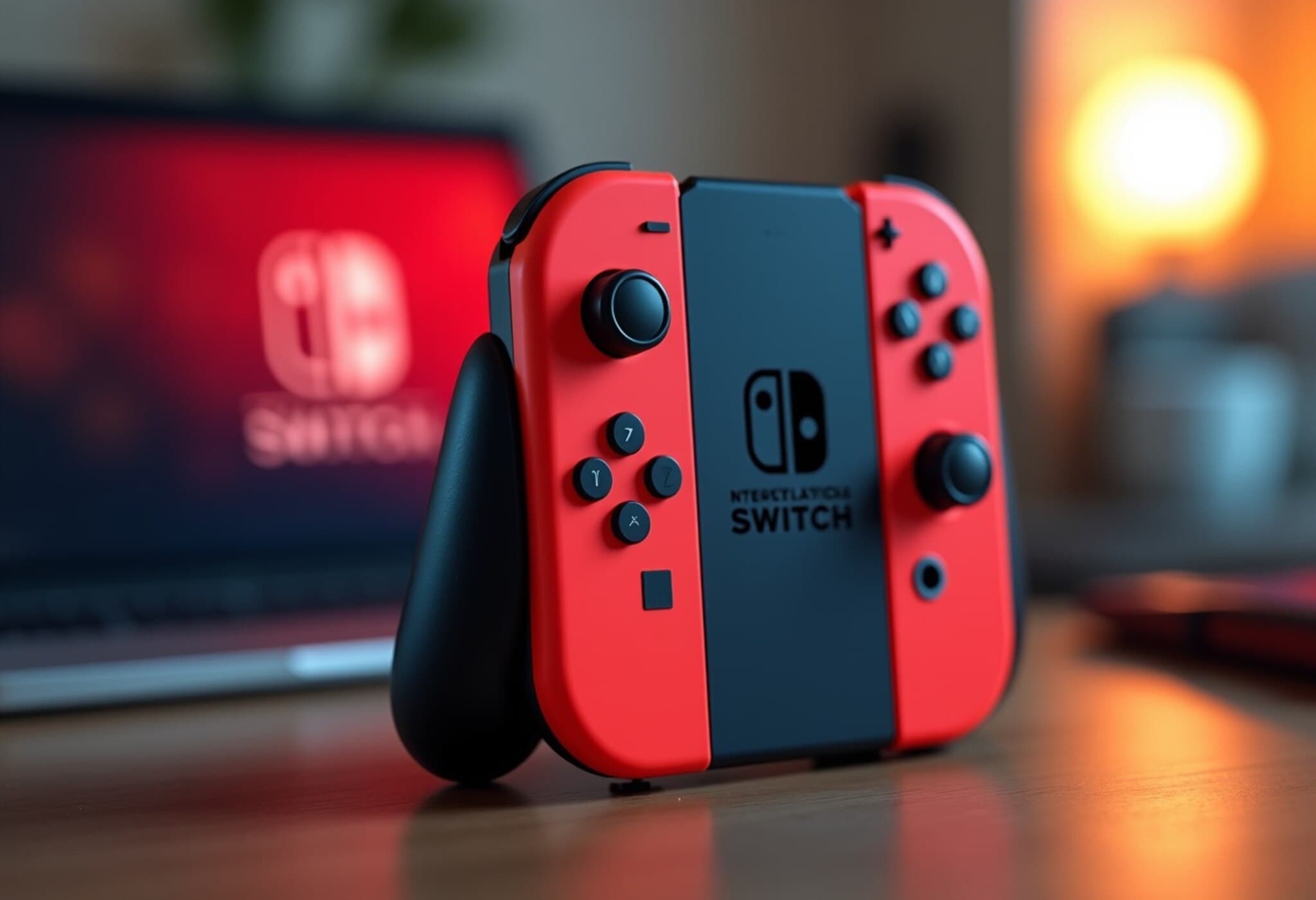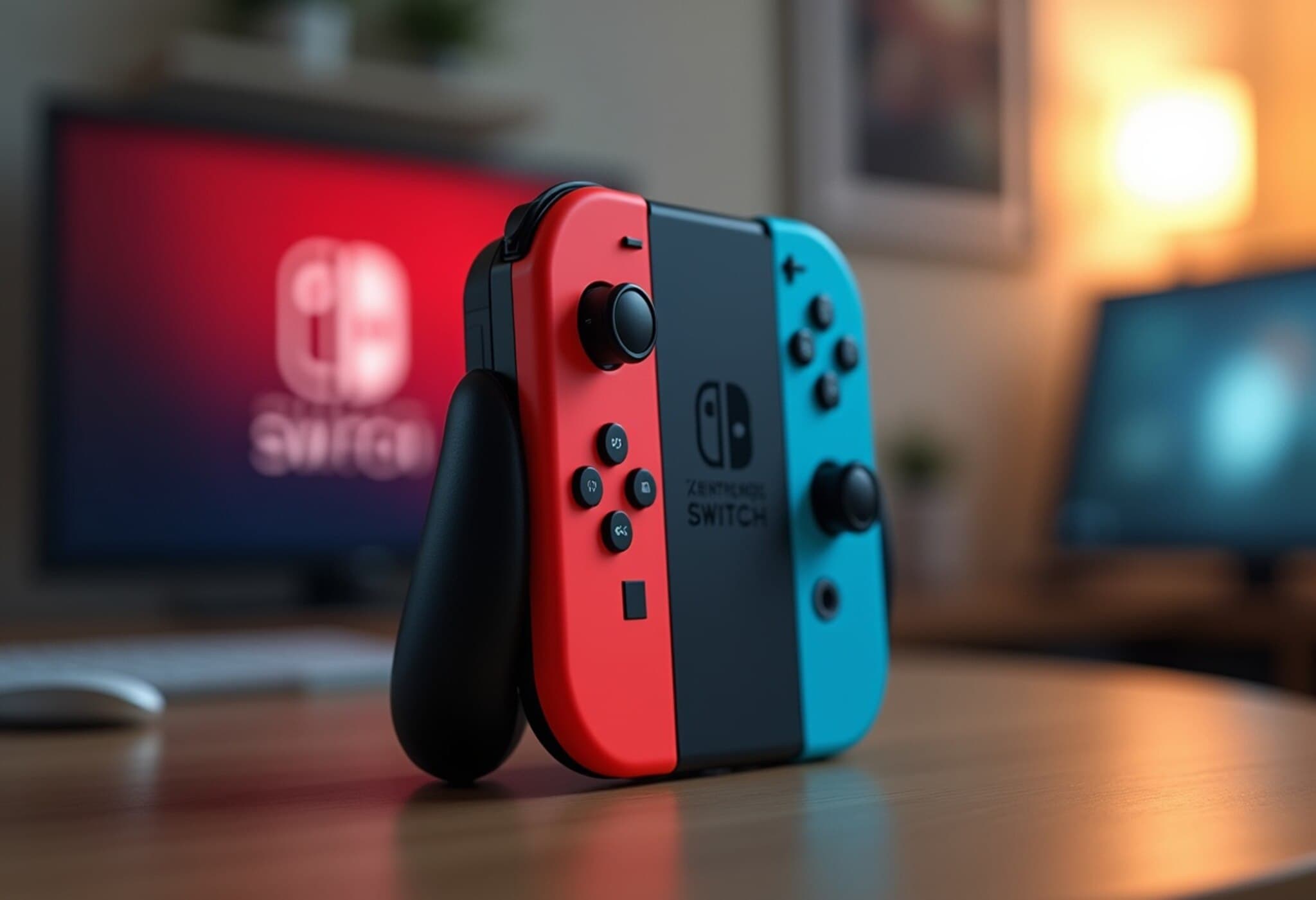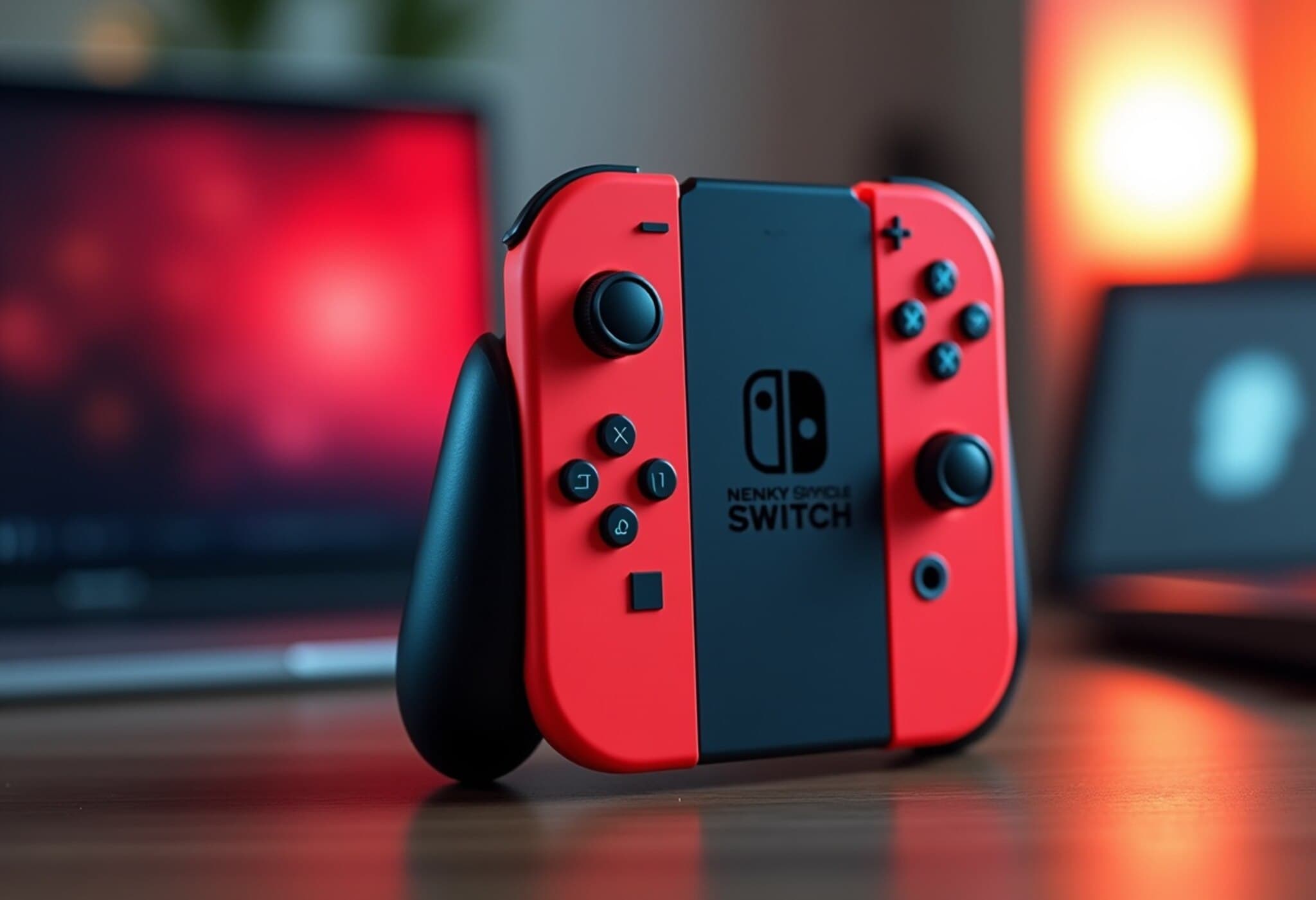Nintendo Switch 2 Launch Generates Exceptional Demand and Retail Challenges
On Thursday, Nintendo released its highly anticipated successor to the original Switch console, unveiling the Nintendo Switch 2 amid fervent fan excitement. This launch follows the tremendous success of the original Switch, which has sold over 152 million units since its March 2017 debut and remains the company’s second-best-selling device after the Nintendo DS.
Strong Consumer Enthusiasm Drives Market Frenzy
The innovative hybrid design of the Switch, which effectively blends home and portable gaming, continues to resonate strongly with consumers. Analysts report that the Switch 2 launch has triggered intense demand worldwide, leading to unique retail adaptations and inventory shortages in key markets.
Store Adaptations and Supply Constraints
Retailers in several regions have responded to the demand surge by extending store hours or opening at unconventional times:
- In the United States, stores like Best Buy operated midnight openings to accommodate eager buyers, while Walmart commenced online sales at midnight Eastern Time and opened Supercenters at 6 a.m. ET.
- In the United Kingdom, the Switch 2 appears more readily available, with major online retailers and brick-and-mortar outlets showing stock for delivery within days.
However, Japan is experiencing significant scarcity. Nintendo’s President Shuntaro Furukawa revealed that 2.2 million people registered for a lottery to purchase the console on launch day — a volume far exceeding immediate supply capabilities. Industry experts expect these shortages to continue in the coming weeks and months, reflecting exceptionally high local demand.
Global Pre-Orders and Market Outlook
In China, online retailer JD.com reported receiving around 400,000 reservations for the Switch 2 prior to its shipping date. Nevertheless, not all reservations necessarily translate into finalized purchases.
Industry analysts maintain a bullish outlook on sales performance. Nintendo projects sales of 15 million units for the Switch 2 in the fiscal year ending March 2026, a figure some experts regard as conservative. One consultancy forecasts sales reaching 20 million units in the first year, while another expects shipments of over 14 million units within 2025 alone, surpassing the original Switch’s debut year.
Conclusion
The launch of Nintendo Switch 2 underscores the company’s continued innovation and strong market presence in the gaming industry. Despite initial supply challenges, Nintendo appears well-positioned to meet ongoing demand and sustain momentum built by its predecessor.


